Category: The Zen Soul
-
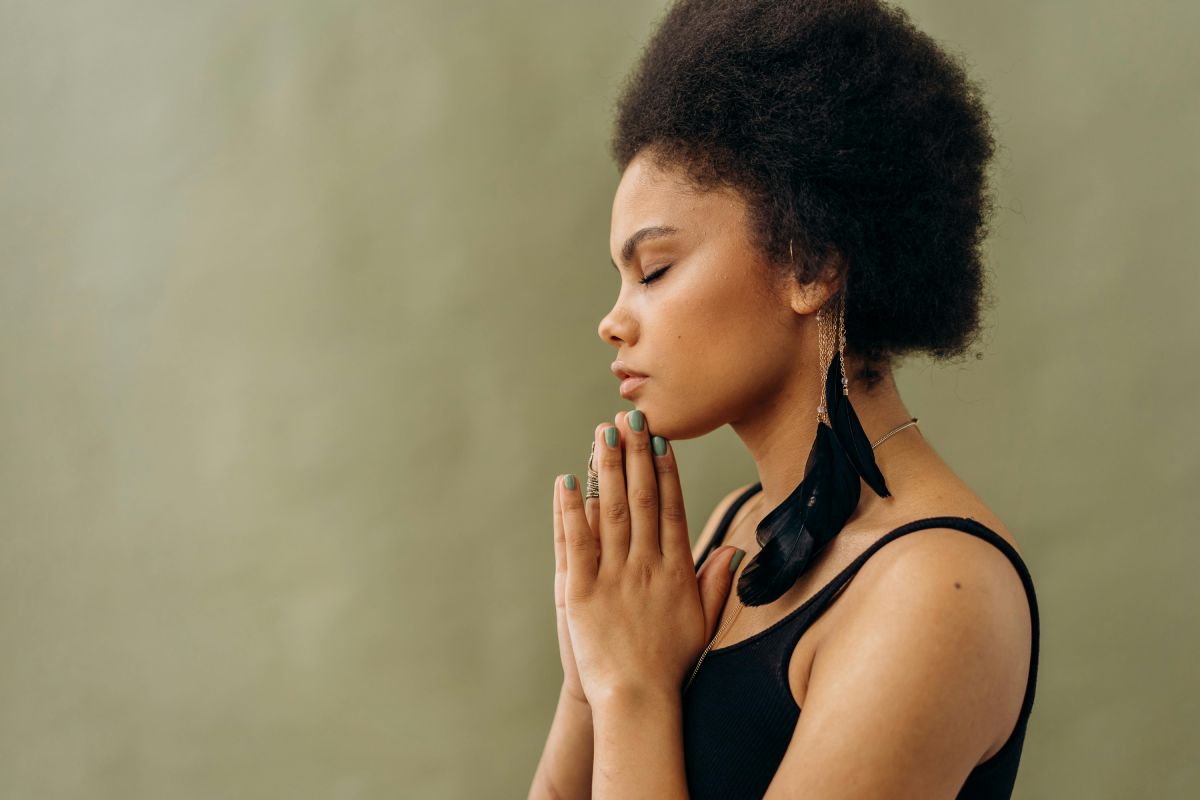
TL;DR Trauma-informed somatic yoga is a gentle, mindful movement practice tailored to help people heal from trauma, reduce anxiety, and safely reconnect with their bodies. This approach prioritizes safety, choice, and personal agency, making yoga accessible and supportive for all. It uses slow, invitational movements, calming breathwork, and a strong emphasis on self-awareness rather than…
-
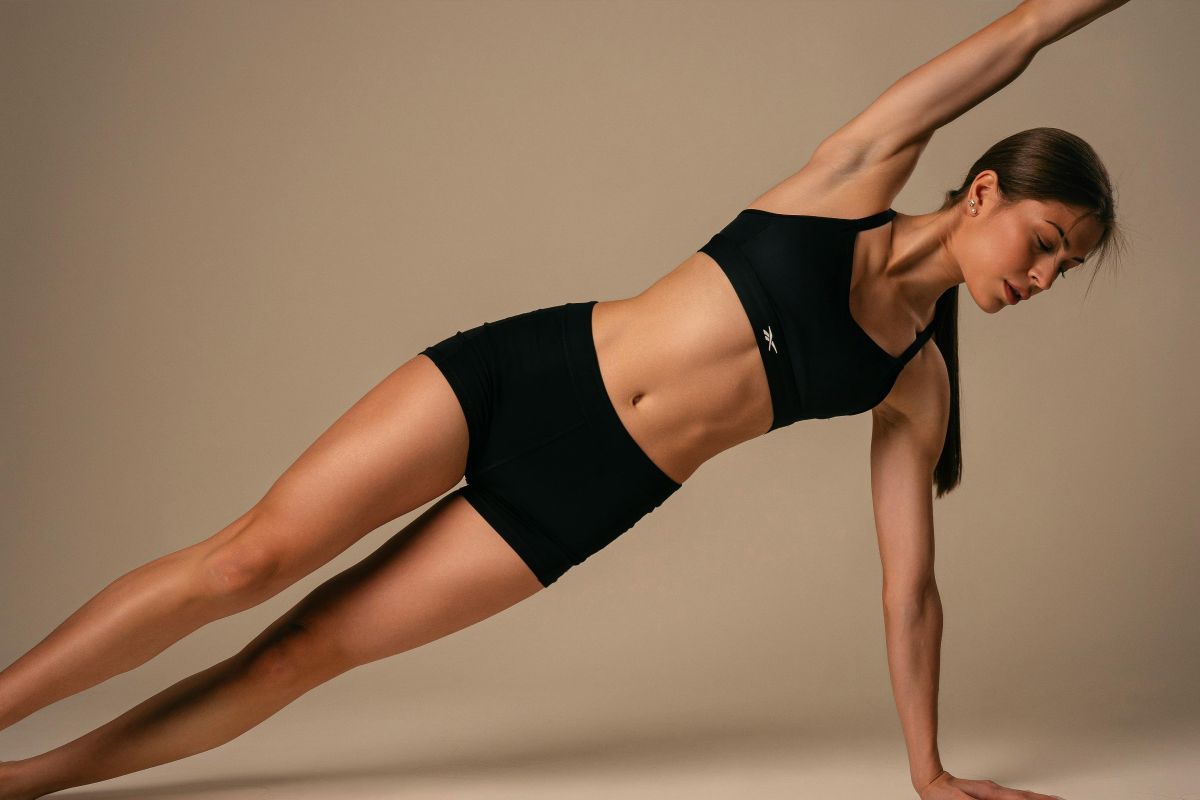
TL;DR Somatic yoga is a gentle and mindful movement practice designed to reconnect you with your body, ease stress, and release stored tension. It doesn’t require any previous yoga experience, flexibility, or special equipment. This beginner’s guide provides step-by-step instructions, helpful tips, and FAQs to help you confidently start your somatic yoga journey. What Is…
-

TL;DR Somatic yoga offers gentle, mindful movement that relieves chronic tension, calms the nervous system, and supports emotional healing. It’s accessible for beginners, those with limited mobility, and people recovering from stress or trauma. The benefits include pain reduction, improved flexibility, anxiety relief, and a deeper connection to the mind and body. What Are the Benefits…
-

TL;DR Somatic yoga is a slow, mindful yoga practice that focuses on internal sensation over external appearance. It helps relieve chronic tension, regulate the nervous system, and improve body awareness. Unlike typical yoga styles, somatic yoga is gentle, trauma-informed, and accessible to people of all ages and physical abilities. It’s especially helpful for anxiety, stress relief,…
-
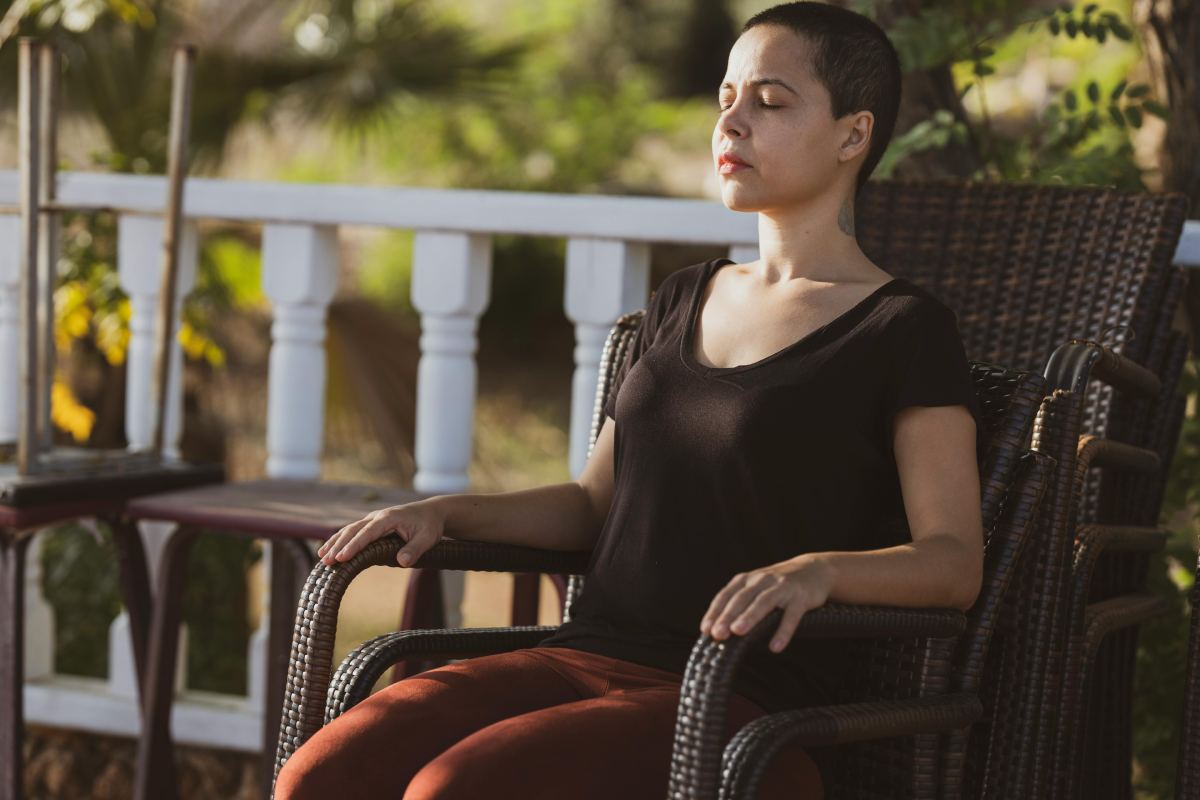
TL;DR Introduction Meditation is more than a moment of calm—it’s a workout for your brain. Modern neuroscience shows that meditation can reshape brain activity and even alter its structure. Whether you’re curious about the science or looking for motivation to start, here’s how meditation changes your brain, based on the latest research. How Meditation Changes…
-
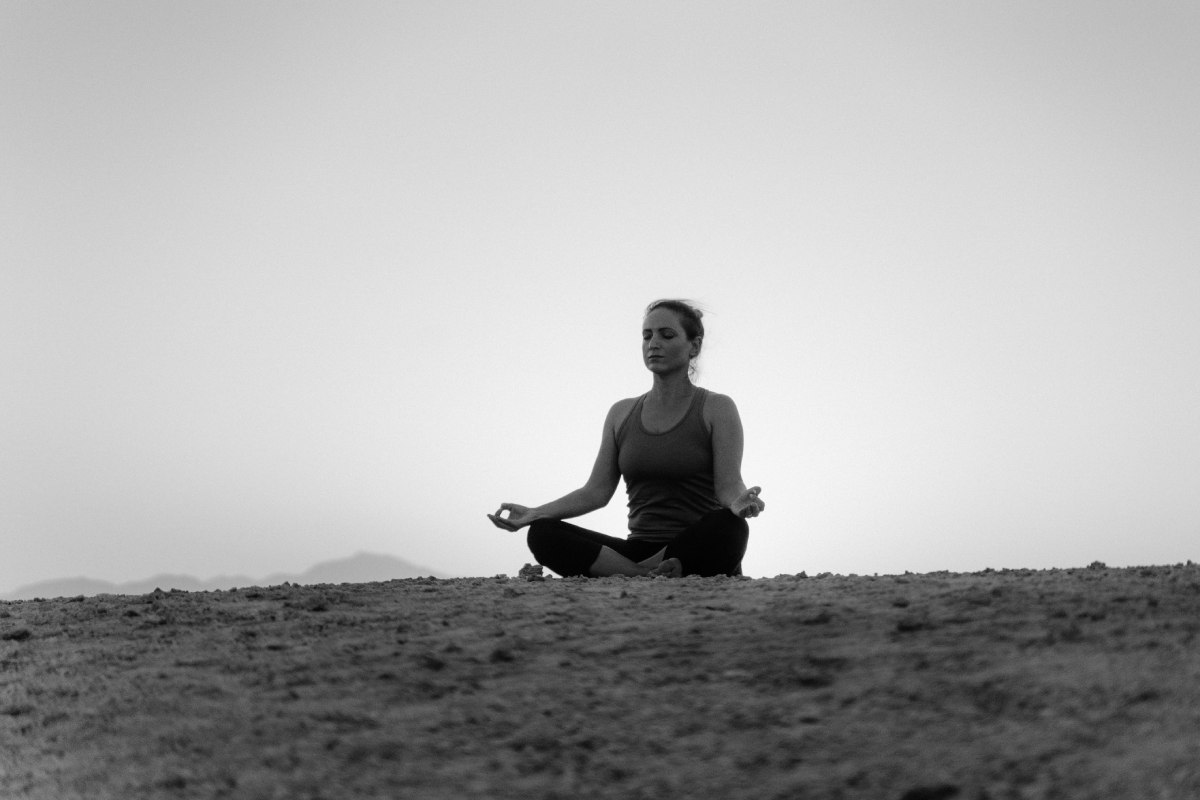
TL;DR Introduction Meditation is not just about sitting still—it’s a journey that unfolds in stages. Whether you’re a beginner or have some experience, knowing these five stages can help you set realistic expectations, understand your progress, and make the most of your practice. This guide breaks down the five stages of meditation in clear, practical…
-
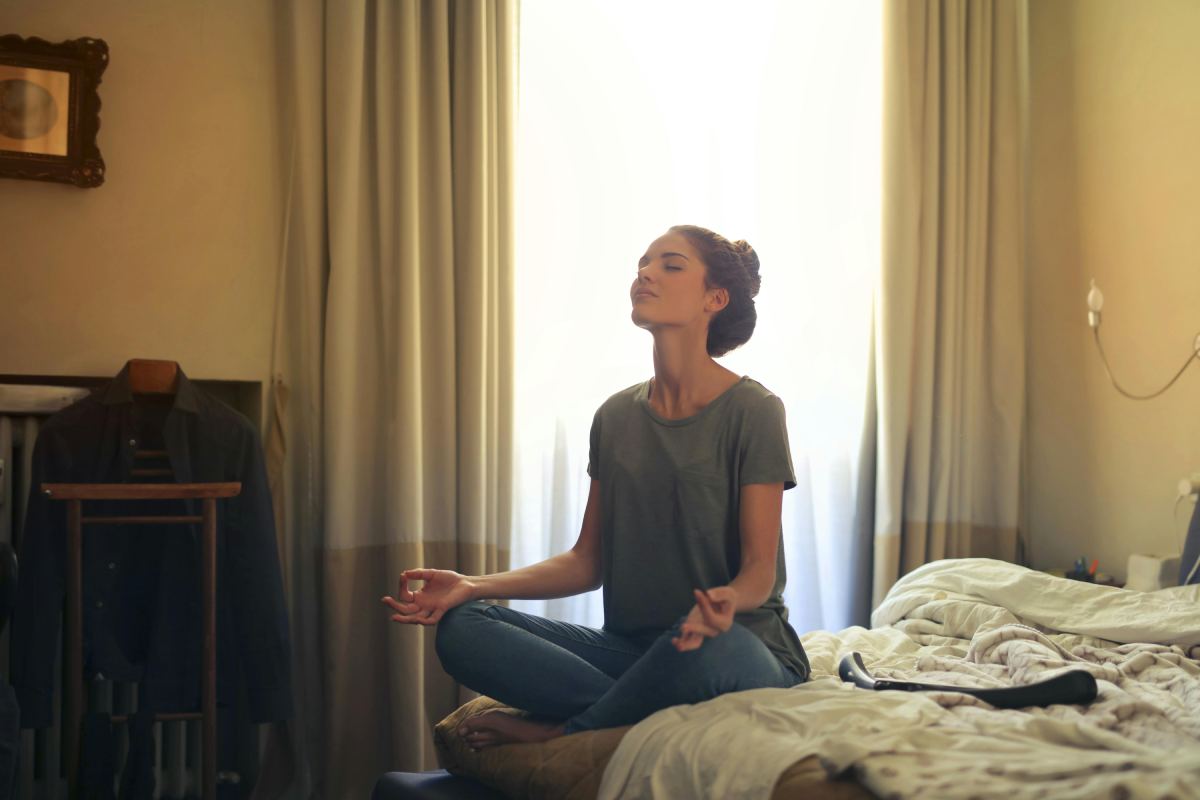
Introduction Meditation is more than just sitting quietly—it’s a practice that can help you find calm, clarity, and resilience in a fast-paced world. Whether you’re a university student, a young professional, or someone navigating midlife, meditation offers a universal path to well-being. But to truly benefit, it helps to follow a handful of simple, time-tested…
-
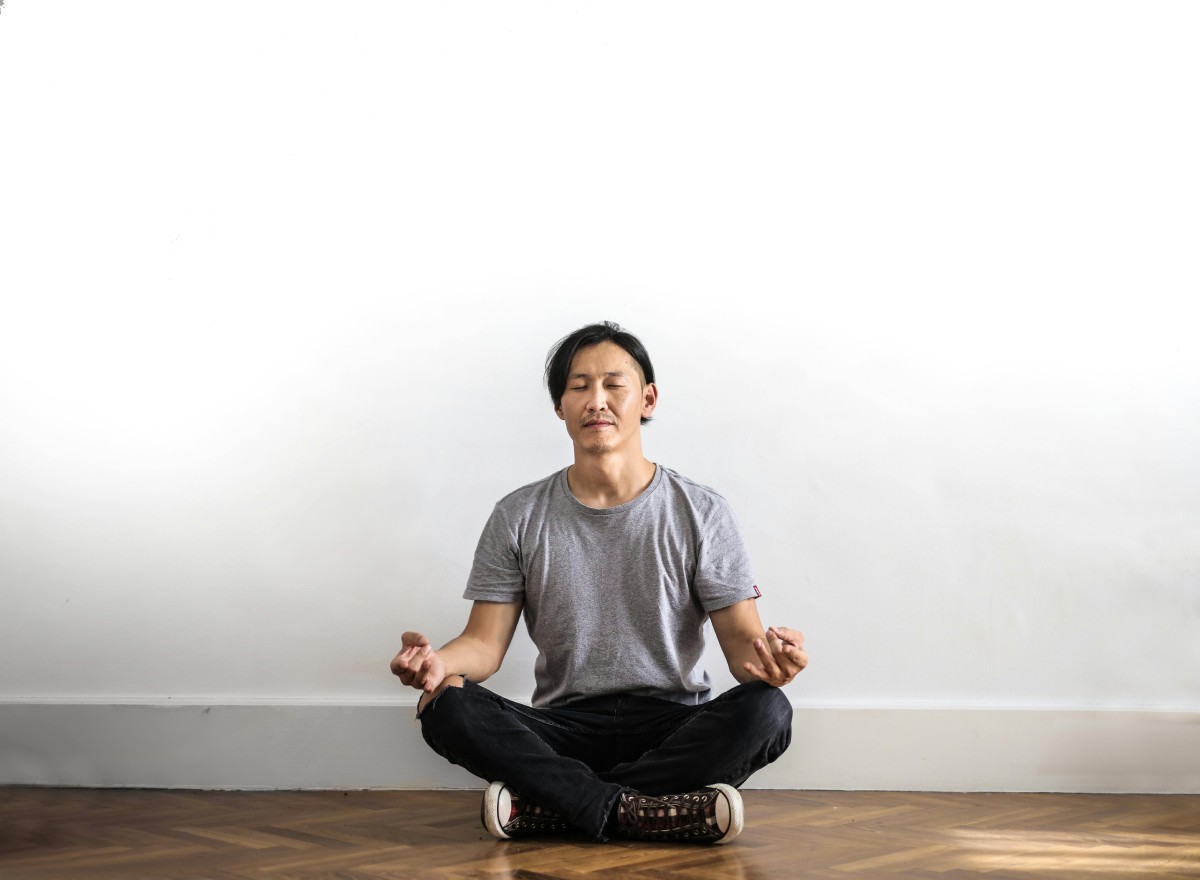
TL;DR What Is Meditation and Why Try It? Meditation is simply training your attention and awareness. You don’t need special skills or beliefs—just a willingness to sit quietly and notice what’s happening in your mind and body. The goal isn’t to turn off your thoughts, but to notice them and gently return to your focus, usually your breath. Benefits include: How to Meditate: Step-by-Step for Beginners Beginner-Friendly Meditation Techniques Tips for Building a Consistent Practice Explore More In-Depth Guides Frequently Asked…
-
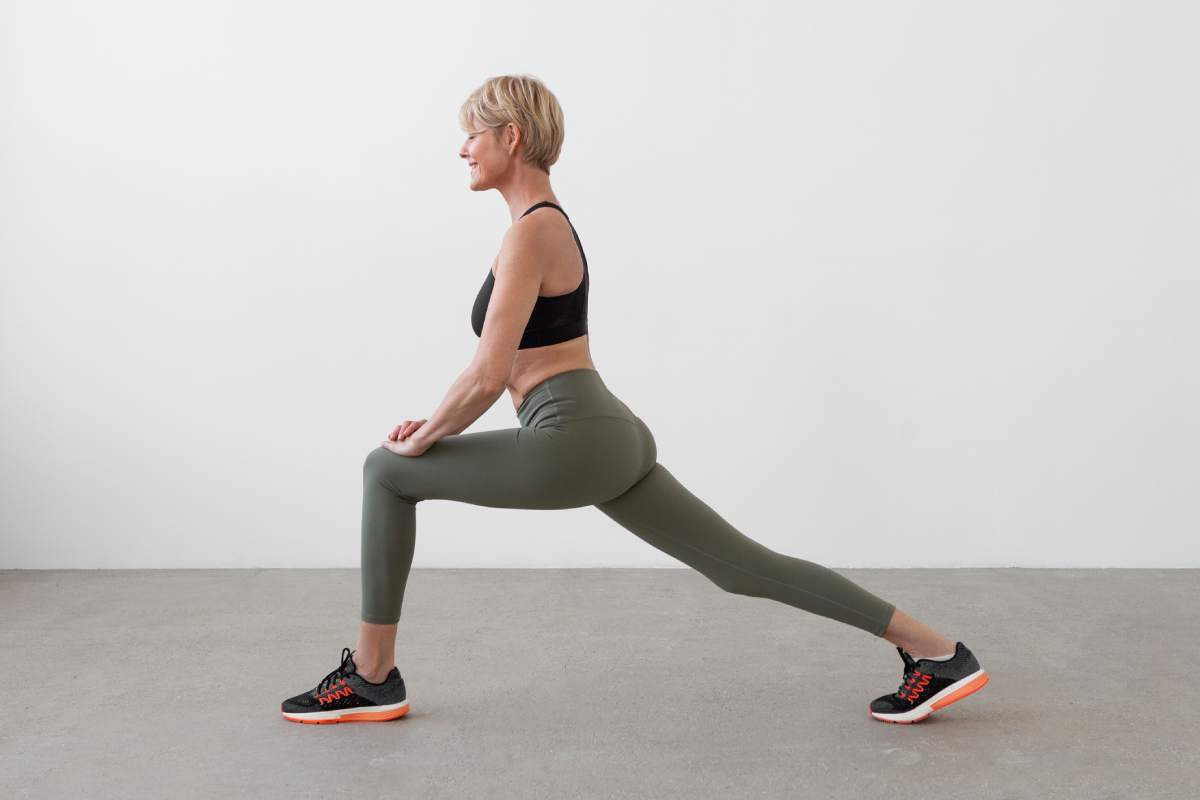
After a solid workout, it’s easy to rush off and skip your cool-down. But a short, focused stretching routine can make a world of difference for your body. This guide lays out a straightforward 10-minute full-body stretch you can do after any workout—whether you’re new to exercise or have years of experience. No jargon, no…
-
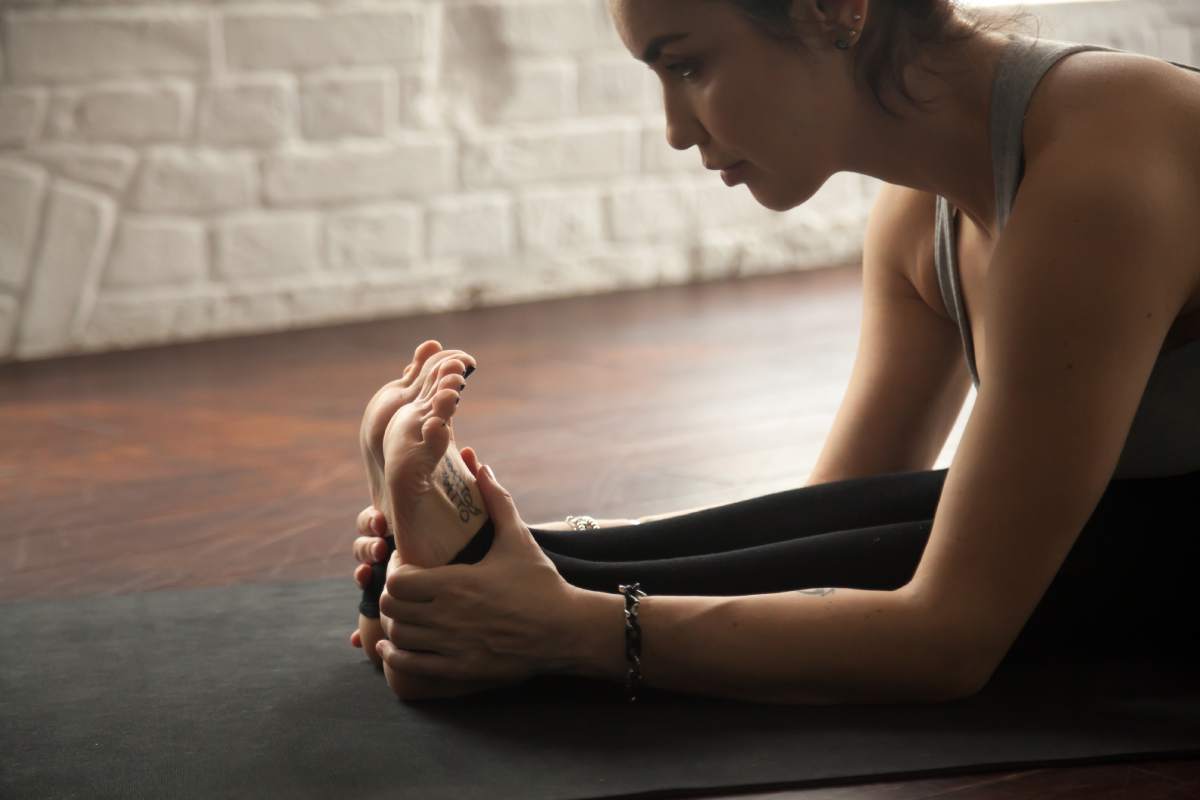
Finding balance and flexibility in yoga often starts with mastering the basics. The yogi toe lock, known as Padangusthasana, is a fundamental technique that builds strength, focus, and body awareness. Whether you’re just starting your yoga journey or looking to improve your practice, this guide will walk you through everything you need to know about…
